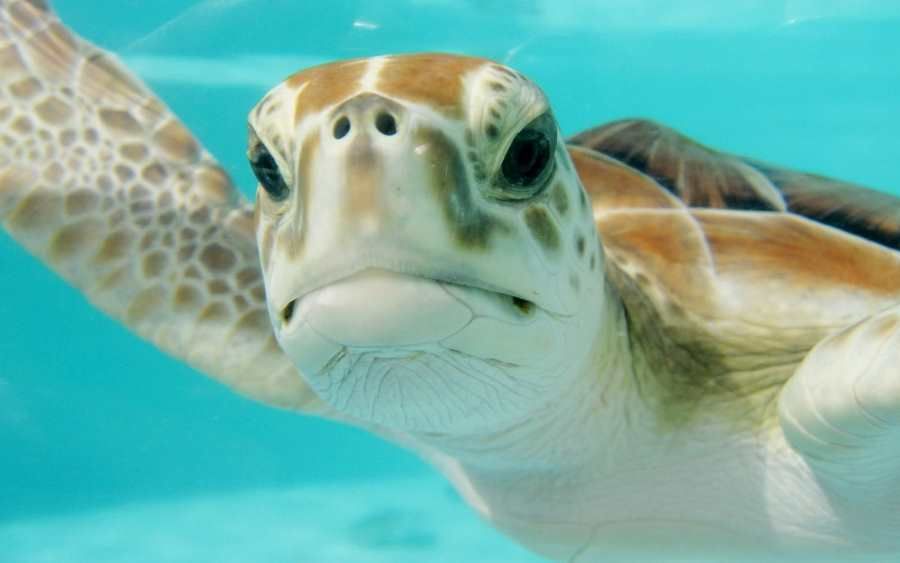In the war. Lodz discovered the remains of a sea turtle from 148 million years ago
In the war. lodzkie discovered the remains of a sea turtle from 148 million years ago
Sea turtle remains from 148 million years ago were discovered by paleontologists in the Owadów-Brzezinki quarry (Lodz). This find helps to better understand the evolution of these animals and their adaptation to their environment.
ŻoOwadow’s lion looked similar to today’s lionfisholows. Its carapace reached a length of about. 40 cm – slightly less than in its present-day relatives of the. The name of the new species ¿oThe insect – Ovadovia borsukbialynickae – refers to the paleontological site of Owadow-Brzezinki and the names of prof. Magdalena Borsuk-Bialynicka, a distinguished reptile researcheroin the Mesozoic.
– It is the oldest known chewołw adapted to feeding on strictly marine food,” stressed Daniel Tyborowski of the Museum and Institute of Zoology of the Polish Academy of Sciences, one of the authors of theoIn the article, in whichorym described the animal. The publication appeared in the prestigious periodical Geological Journal. Wspohe authors are Tomasz Szczygielski and Dr. Blazej Błażejowski of the Institute of Paleobiology of the Polish Academy of Sciences.
Tyborowski added that this is a key finding for understanding evolution ¿osea lions.
Scientists also point out that the remains of ¿oInsects from 148 million years ago are very rare in our part of Europe. Most of the known finds of this type so far have come from Western Europe, from Germany or Switzerland. This time, however, an unknown species of ¿oThe plasma plumes have been successfully discovered in Poland, notes Tomasz Szczygielski.
After żolion to our timeoin survived only the mandible (lower jaw), femur, a fragment of the pelvis and shoulder girdle.
Adaptation to life in the marine environment is evidenced by the structure of the mandible, whichohe large part of it is occupied by a crushing surface. – Its size allows us to believe that ¿ołw with its jaws, or rather "By beak", crushed shelled invertebrates, such as clams and crustaceans, whichore are marine organisms,” notes Tyborowski. According to him, the find is 148 million years old – which means that it comes from the end of the Jurassic period. Thus, it is by tens of millions ofoin years older than the findings known to date żosea lions, showing features of similar adaptation to life in the marine environment.
– The fins of today’s ¿oThe lwi are basically shaped like wings, and the very żoThey move with the method of underwater flight. Ovipositor probably couldn’t do such a thing yet, but its paws were probably already partially transformed into flippers, Szczygielski says.
148 million years ago, the area of today’s Poland resembled today’s Caribbean – there was a warm, shallow sea, dotted with thousands of islands and islets, on which theoThe discovery was made on the territory of Poland, notes Tomasz Szczygielskiothe habitat of tropical animals.
The fossilized remains of ¿oThe lion will be on display at the Slawno Geopark, whichory is formed in the vicinity of the quarry. Its opening is scheduled for August 2018.


